Arlington
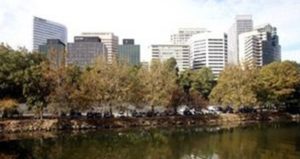
Arlington County was within the very large area defined in several early British land grants in the colonial period in the Colony of Virginia (1607–1776) which was known as the Northern Neck of Virginia (not to be confused with a smaller eastern portion of Virginia still known by that name in modern times).
A number of the county’s residential neighborhoods and larger garden-style apartment complexes are listed in the National Register of Historic Places and/or designated under the County government’s zoning ordinance as local Historic Preservation Districts.
View the Arlington Real Estate Page
Ashburn
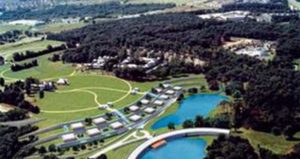
Ashburn was originally called Farmwell (variant names include Old Farmwell and Farmwell Station) after a nearby mansion of that name owned by George Lee III. The name Farmwell first appeared in George Lee’s October 1802 will and was used to describe the 1,236-acre plantation he inherited from his father, Thomas Ludwell Lee II. A section of Farmwell plantation west of Ashburn Road, a 580-acre tract, was purchased in 1841 by lawyer and almost vice-president John Janney, a Quaker, as a summer home. John Janney called the property Ashburn Farm (first known written use is 1870 when he sold the property). It is likely he named the farm after family friends named Ashburn.
Ashburn is home to four landmarks on the National Register of Historic Places: Belmont Manor House (1799), the Broad Run Bridge and Toll House (1820), the sanctuary of Ashburn Presbyterian Church (1878), and Janelia Farm (1936).
View the Arlington Real Estate Page
Centreville
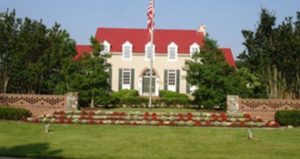
Beginning in the 1760s, the area was known as Newgate due to the popularity of the conveniently-located Newgate tavern. William Carr Lane operated the tavern and was co-proprietor of a nearby store with James Lane Junior.The Lanes sold convicted servants, which may explain why the tavern had the same name as a London prison. The small stream that passed near the tavern was named the River Thames, another London association.
Town development established a pattern of mixed residential and commercial use. Frame houses, several taverns, stores, blacksmith shops, tanyards, and a school house were constructed on the 1/2 acre town lots.
View the Centreville Real Estate Page
Fairfax
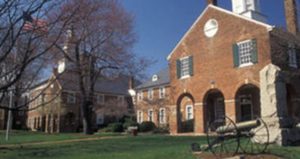
The Fairfax City gets its name from Thomas Fairfax City, 6th Lord Fairfax City of Cameron, who was awarded five million acres in land located in Northern Virginia by King Charles. The area the City of Fairfax City now encompasses was settled in the early 18th century by farmers from Virginia’s Tidewater region.
The town was officially renamed the Town of Fairfax City in 1874, and became an independent city in 1961 (upon which it acquired its current name, the City of Fairfax). In 1904, a trolley line was built connecting Fairfax City with Washington, D.C.
View the Fairfax Real Estate Page
Herndon
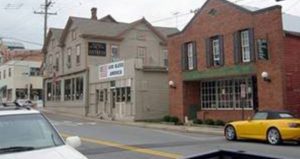
Herndon was named for Commander William Lewis Herndon, American naval explorer and author of Exploration of the Valley of the Amazon. Commander Herndon captained the ill-fated steamer SS Central America, going down with his ship while helping to save over 150 of its passengers and crew. The settlement was named Herndon in 1858. In the 1870s, many Northern soldiers and their families came to settle in the area, taking advantage of moderate climate and low land prices. Herndon also offered a group of friendly and local native Americans who helped the town to prosper via trade and instruction.
Herndon is part of the Dulles Technology Corridor, which Fortune magazine named the “Netplex” because of the presence of the headquarters of such companies as AOL, XO Communications, Verizon Business (formerly MCI, formerly WorldCom, originally UUNET), and Network Solutions, which began as the INTERNIC — the registry where every domain name was once administered.
View the Herndon Real Estate Page
Manassas
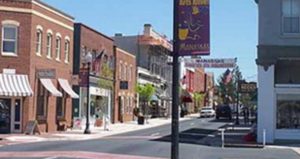
The City of Manassas is an independent city surrounded by Prince William County and the independent city of Manassas Park in the Commonwealth of Virginia. Manassas also surrounds the 38-acre county seat for Prince William County but that county property is not part of the city. Manassas either contains or is close to several important historic sites from the period 1850 – 70. Its population was about 36,213 in 2009. The Bureau of Economic Analysis combines the city of Manassas (along with Manassas Park) with Prince William County for statistical purposes. The City of Manassas is part of the Washington Metropolitan Area and it is situated in the Northern Virginia region.
View the Manassas Real Estate Page
Reston
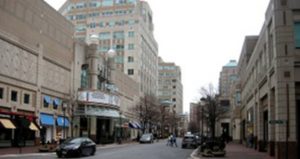
The land on which Reston sits was initially owned by Lord Fairfax during the 18th century. C.A. Wiehle (for whom Wiehle Avenue is named) bought the land later in the 1880s. He died after construction of several buildings. His sons did not share his vision, and sold the land to A. Smith Bowman, who built a bourbon distillery on the site while maintaining a farm on most of the area, a 7,300-acre tract. An office retail development and a road are named for him. In 1961, Robert E. Simon bought most of the land, except for 60 acres on which the Bowman distillery continued to operate until 1987.
View the Reston Real Estate Page
Sterling
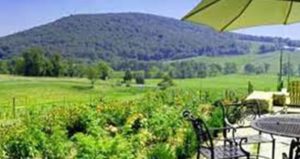
In the beginning of 1962, large farms made up the 1,762 acres of what today is called Sterling Park. Route 7, also known as Leesburg Pike, bordered what used to be Jesse Hughes’s dairy farm. Hughes arrived in Loudoun County in the early 20th century and was a longtime head of the county’s Democrats. Tavenner had purchased land from Albert Shaw Jr., who had inherited it from his father Albert B. Shaw, editor and publisher of the American Review of Reviews. One of Shaw’s spreads, totaling 1,640 acres, was called “The Experimental Farm”, because he was the first area farmer to receive a U.S. grant for applying “scientific methods”, as Tavenner called them. According to Tavenner, “White Russians”, refugees from the Soviet Union, ran the farm when Shaw stayed in New York City.
View the Sterling Real Estate Page
Vienna
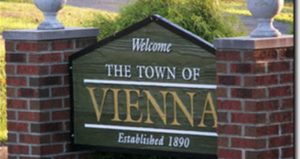
Vienna is a town in Fairfax County, Virginia, United States. The population was 14,453 at the 2000 census and it has grown by about 3% since, although significantly more people live in zip codes with the Vienna postal addresses (22180, 22181, and 22182) bordered approximately by Interstate 66 on the south, Interstate 495 on the east, Route 7 to the north, and Hunter Mill road.
In July 2005, CNN/Money and Money magazine ranked Vienna fourth on its list of the 100 best places to live in the United States. In addition to highly ranked public schools[peacock term], its assets include a downtown with many small businesses, a Washington Metrorail station with large parking garages (the western terminus of the Orange Line) just south of the town, and a portion of the Washington & Old Dominion Railroad Regional Park hiker/biker trail cutting through the center of the town. Tysons Corner is nearby, as is Wolf Trap National Park for the Performing Arts.
View the Vienna Real Estate Page